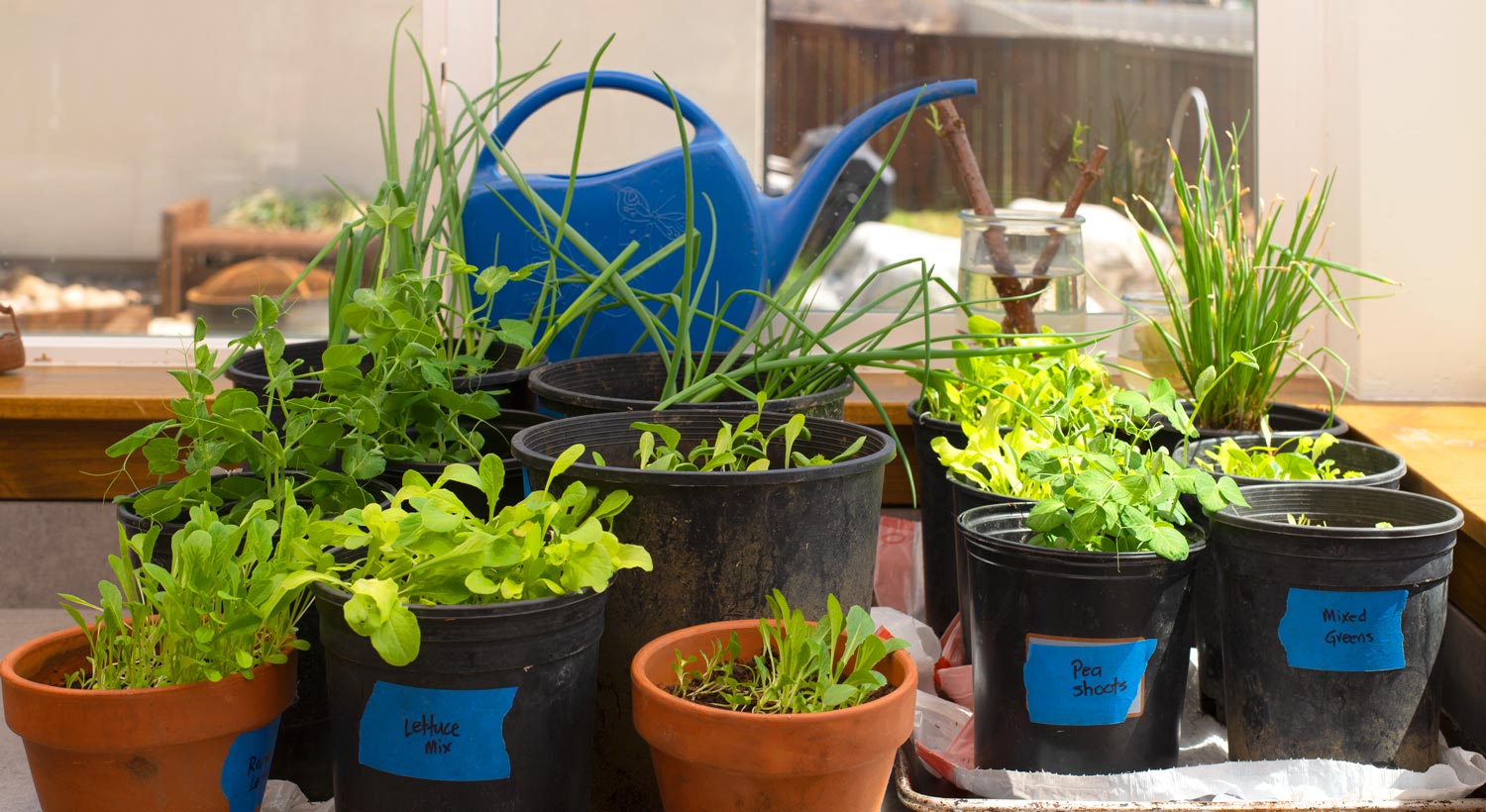Return of the Victory Garden
Photos by Forrest Anderson
When the coronavirus pandemic began, I was concerned about the supply of fresh produce. We had canned and frozen vegetables, but it was still too cold to plant a garden outside and we prefer fresh produce so I created a windowsill garden. I thought that if the supply of fresh vegetables dried up, we still could enjoy a few greens from my windowsill garden once or twice a week.
After several weeks of tending my “veggie babies,” they are growing nicely and we are starting to use them in salads along with the still abundant vegetables that we get from the grocery store.
Turns out I was not alone – so many people have started indoor gardens that they are being called Victory Gardens, a name borrowed from a World War I and II patriotic gardening movement.
Windowsill gardening is a hobby that I have enjoyed off and on over the years, and I have been surprised at how much caring for my mini-garden over the past several weeks has lifted my spirits. There are lots of reasons beyond a possible shortage of food to grow a windowsill vegetable garden.
Green plants in front of the kitchen window have cheered up the still brown-from-winter view outside. Many people keep houseplants to add to the décor in their homes. Why not eat them as well?
House plants clean toxins from indoor air and add oxygen to the air.
If you eat some vegetables such as microgreens while they are small, they pack a much greater nutritional value than mature versions do – as much as 40 times more for some plants.
With many schools closed, indoor gardening is a way to keep kids (and their parents) entertained and to teach children about plants and where their food comes from.
Indoor gardening is an inexpensive hobby you can do at home.
A trend toward more indoor, container and urban gardening in small spaces was growing globally before the coronavirus hit.

The owner of this small urban home in Kyoto, Japan, has made space for both indoor and outdoor gardening. Below, another urban garden in a small space in Japan.
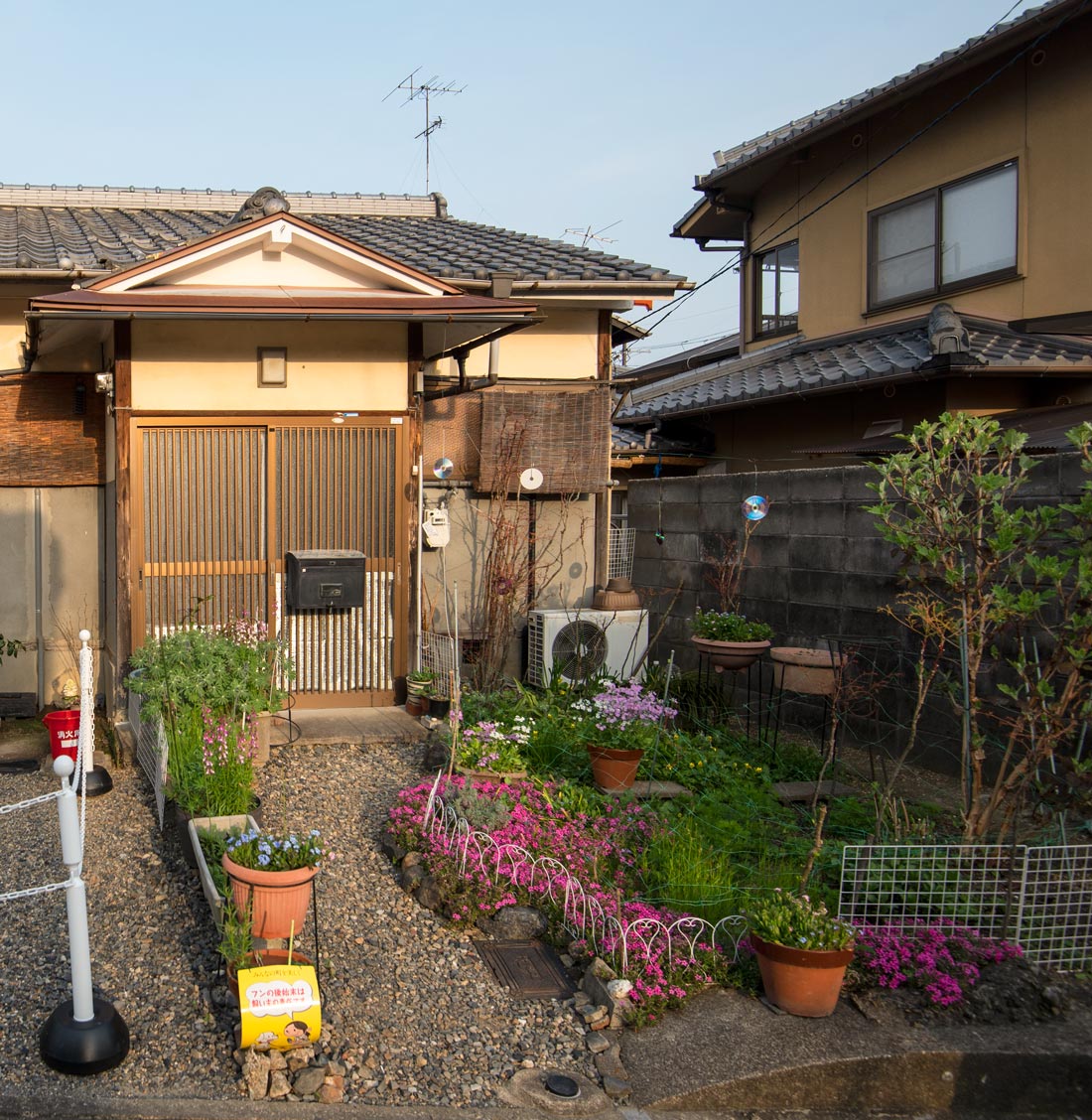
Growing a garden has long been a popular strategy to cope with crises.
In some crowded urban areas such as China and Japan, it is a popular way to bring greenery and fresh organic produce to windowsills and balconies in high-rise apartments.
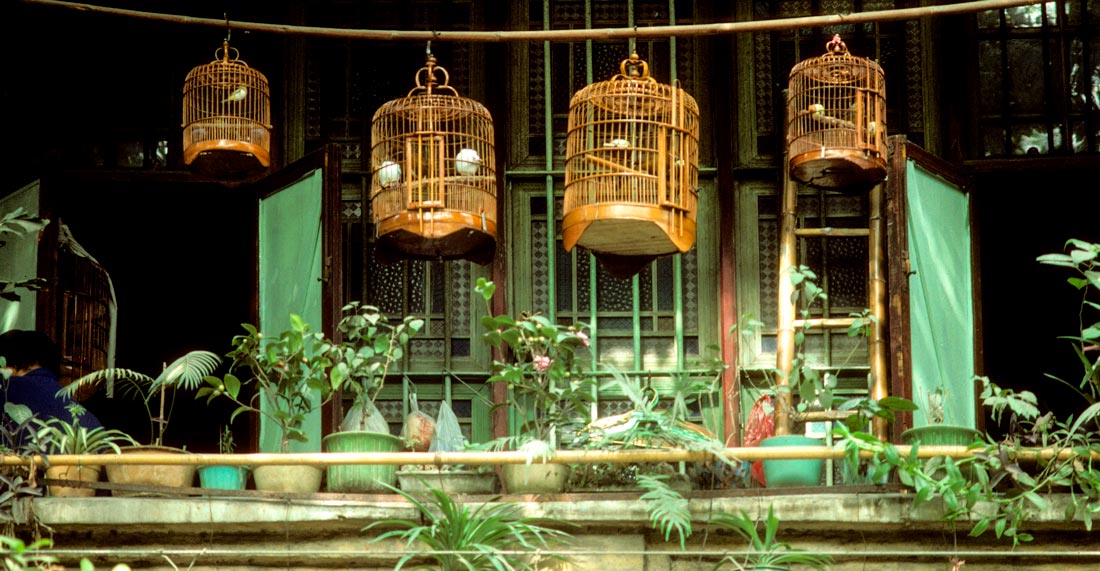
A balcony in China.
In Japan, some businesses have edible greens growing in workplaces.
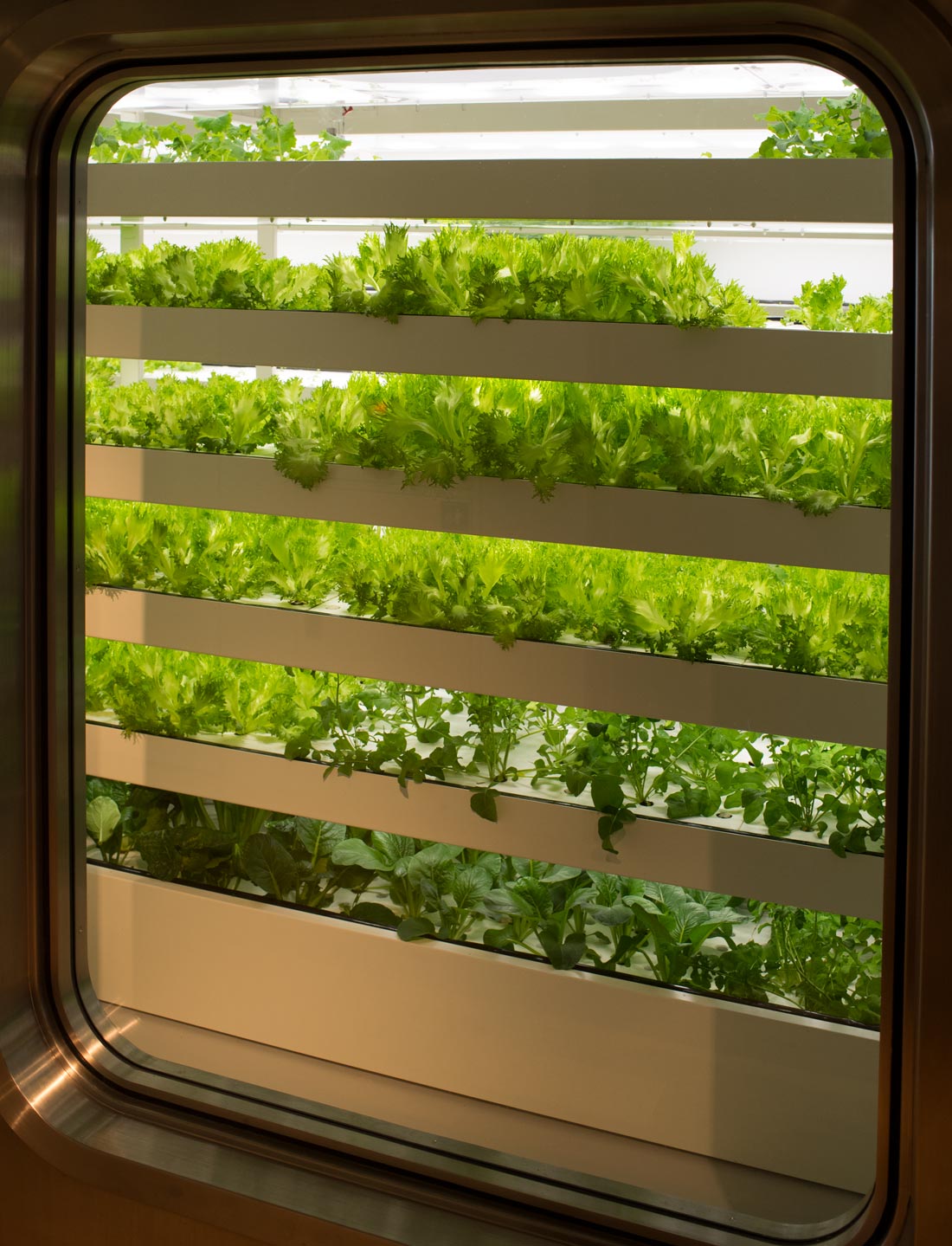
A grow wall with fresh vegetables in a stationary store in Tokyo, Japan.
Most houses in the United States and many other countries had kitchen gardens before World War I, but gardening has since gone in and out of style depending on politics, economics, environmental concerns and food trends. Victory gardens were vegetable, fruit and herb gardens planted at private residences and in public parks in the United States, United Kingdom, Canada, Australia and Germany during the world wars. The term Victory Garden was coined by George Washington Carver. People used the Victory Gardens they planted at home to supplement limited food they could obtain using rationing stamps and cards. Expert gardeners held classes at schools and women’s clubs to teach people to garden and government agricultural departments issued publications teaching people how to garden.
The impact of Victory Gardens was dramatic – about a third of the vegetables produced by the United States during World War II were from Victory Gardens, the majority of them in urban and suburban environments. The United States had 18 million victory gardens, 12 million of them in cities. The gardens helped lower the price of vegetables that the U.S. War Department bought to feed troops. Victory Gardens produced as many tons of vegetables and fruits in 1944 as all commercial production of fresh vegetables in the country. A Victory Garden was planted on the White House lawn, a predecessor of Michelle Obama’s later kitchen garden. The British even planted Victory Gardens in bomb craters.

Left, a U.S. Victory Garden poster and, right, a British one.
Gardens waned again after large-scale vegetable and fruit production on big commercial farms made fresh produce readily available at supermarkets in the 1950s and 1960s. The organic food trend that began in the 1970s sparked a new trend in home gardening for health reasons. In recent years, organic food has become more available commercially. However, many people have become interested in growing their own food indoors or outdoors because of concerns about pressure on the global food supply and an interest in the plant-based food movement.
The gourmet home-cooking movement spawned by celebrity chef cooking shows and cookbooks has also sparked a trend in people growing high quality fresh ingredients such as herbs, greens and cherry tomatoes at home.
High tech has gotten into the game with indoor growing systems complete with pre-planted seed pots, auto-timed lights, smartphone apps and Alexa interfaces. These systems use hydroponics, which utilize only water and liquid nutrients, rather than soil. Tiny LED lights for growing plants also have been a boon to indoor gardeners.
As the coronavirus pandemic got underway, it has sparked a surge of people wanting to grow their own food. Seed companies say they have been flooded with orders. Google searches for words related to gardening and hydroponics have increased as well, a trend that could be partly seasonal as people who garden normally increase their searches on gardening as they prepare to plant in April or June.
Many botanical gardens have virtual garden displays instead of the usual spring garden tours and a number of gardening instructors and institutions have produced on-line gardening classes. Some nurseries have initiated appointment-only shopping with curb-side pickup.
Some have predicted that the coronavirus will fuel a longer-term growing trend in starting small indoor and balcony gardens in urban environments.
General guidelines for a windowsill garden:
Leafy greens and herbs are best for windowsill gardens, as they adjust to varying amounts of sunlight. Fill the pots with potting soil and sow the seeds in the container. Water the plants well and place them on the windowsill. Water them as needed by checking the upper inch of the soil. If it is dry, gently water the plant. Avoid over or underwatering.
Here are some plants that grow well on a windowsill:
Scallions - I’m currently growing scallions from seeds in a pot, but you don’t have to do it that way. When you cook with scallions, save the ends of the bulbs with the roots attached. Place the bulbs with the root down in a small jar and add enough water to cover the roots. Set the jar on a sunny windowsill and the scallions will form long green shoots after about two weeks.
Loose leaf lettuce – This is one of the easiest plants to grow on a windowsill. It doesn’t require a lot of sunlight and it’s pretty both in a pot and in salads. You can grow mixed varieties or just one. I have heard that you can even cut off the end of romaine lettuce and put it end down in a bowl with a small amount of water. Set it in a windowsill and it will grow roots. Then you can plant it in soil in a pot and it will keep growing.
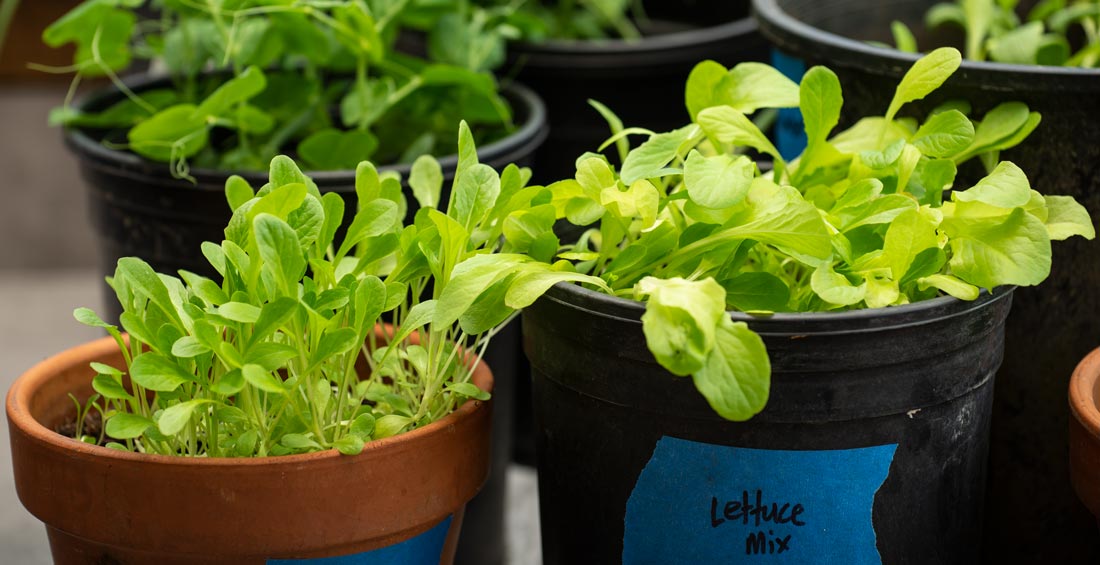
Salad greens in my windowsill garden and, below, a salad made with some of them.
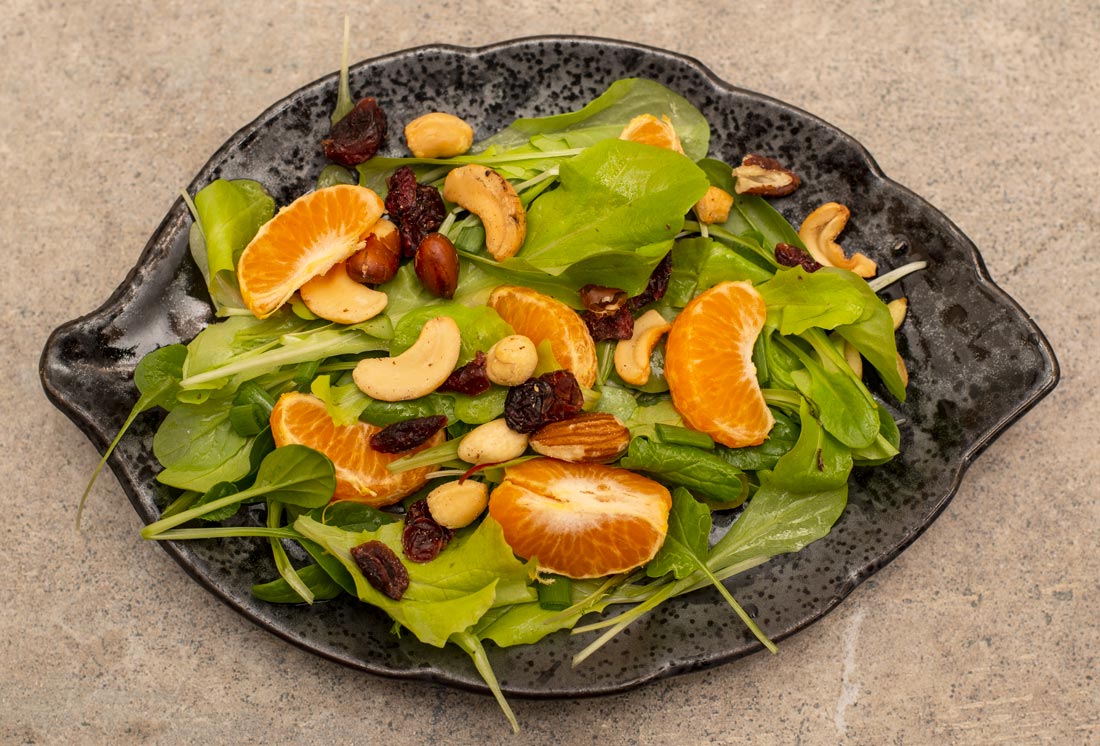
Bok choy -This vegetable also can regrow parts that you don’t eat. Cut them off above the base and put the base in a bowl filled with a small amount of water. Put it in a sunny spot and watch roots regrow on it. Then transplant it into a pot with soil.
Cherry tomatoes – You can use a small to medium-size container or grow them in hanging baskets near your window. They need to be in a sunny spot and you need to fertilize them with slow-release fertilizer. They need to be watered daily, twice daily in the summer.
Spinach – Grow it in a container at least 6-8 inches deep, in potting mix rich in organic matter with a time-based fertilizer, compost or composted manure mixed in. Sow seeds ½ inches deep. They germinate in just 5-14 days depending on the variety. Keep it in a sunny spot and keep the soil moist but not soggy or wet. Mulching the plant will help retain moisture.
Harvest the spinach when the plant has 4-6 healthy leaves and is at least 3-4 inches long. Pick the outer leaves first and leave the new inner ones to continue to grow. If you cut the whole plant off at the base, it will resprout. Harvest before flowering for better taste.
Sprouts – You need a quart jar, a few seeds and water. They sprout quickly and you will have sprouts in a week to put on salads, in sandwiches or in soups. Add 2 tbsp. sprouting seeds – wheat kernels and beans are a good place to start - to a clean, dry quart jar and cover it with cheesecloth or a mesh screen that you can secure with a jar ring or rubber band. Cover the seeds with water and soak them overnight. Drain the water and rinse the seeds with fresh water. Switch the water and seeds and drain, Rinse with cool water once a day and drain. They will be ready to harvest in about a week. They store for 3-4 days in the refrigerator. Sprouts are great in stir fries or pita bread chicken sandwiches.
Garlic – Plant a large, unpeeled clove from the supermarket with the pointed side up in well-draining soil. Use the leaves in recipes in place of garlic. Cut them with scissors, a few inches at a time. When the leaves dry, dig up the garlic bulbs and use them. Keep the soil moist and in a few days, you should see a green shoot.
Microgreens – Grow them in a wide shallow tray or a pot. Microgreens are vegetable, green and herb seedlings that you harvest when they are a couple of weeks old. Good ones are lettuce, coriander, buckwheat, broccoli, wheat, barley, spinach, basil, sunflower, daikon radish and mustard greens. Many herbs such as dill, parsley and basil also can be grown as microgreens. They need around 3 cm of organic potting mix. You can grow wheatgrass, barley brass and cress without soil on a few sheets of damp paper towels. Soak the seeds overnight, then sprinkle them thickly across the top of your soil or paper towels. You don’t need space between them because you will be harvesting them when they are small. Mist them with water and keep the tray moist and in a warm spot until green shoots grow up. Then put them in a sunny spot until they are ready to harvest in a week or two. The first set of leaves on them will be seed leaves. The next set are true leaves. Harvest them when the first set of true leaves appear. Cut the shoots with scissors close to the soil, wash them in water and use them on salads and pizzas and in stir fries and soups.
Store microgreens in the refrigerator in a resealable bag or container. They will stay fresh for a week or more.
Beans and peas – Pole beans can be trained and supported by tying a string or wire on a stick. Dwarf and bushier bean varieties and peas don't require special support.
Pea shoots are delicious and can be grown from dried peas that you get at the grocery store. Soak the peas in water for 24 hours until they expand. Fill a container with compost and soil about ½-3/4 inches below the top. Sow the seeds on top, leaving a gap the size of a pea between each seed. Cover the seeds with another layer of compost about the thickness of a pea. Water. Check them daily, keep the compost moist but don’t overwater. In two or three weeks, the crop will be 3-4 inches tall and ready to eat. If you pinch off each shoot just above the bottom leaves, some of the pea shoots may regrow.
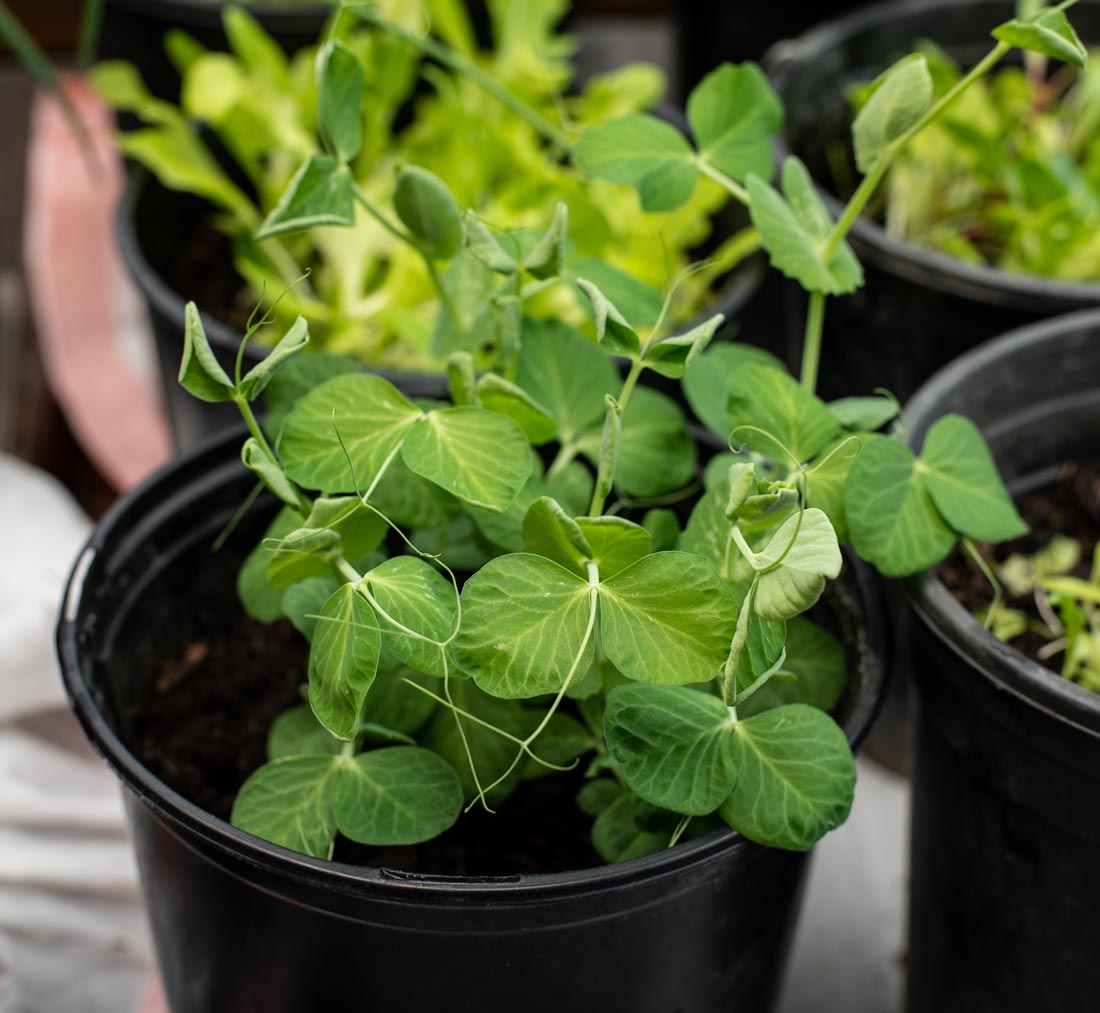
Pea shoots in my windowsill garden.
Chilies – These are a good option if you like spicy food. Grow them in a pot 8-10 inches deep, placed in a sunny, warm place.
Carrots – Carrots need space for their roots, so they can be a little challenging to grow in pots. Containers between four and six inches best work well. Choose a mini carrot variety that has finger-length roots. You also can grow radish-style round carrots in containers. Use an organic potting soil with added compost and plant them a few inches apart and ½ inch deep. Place them in a sunny window and cover them with plastic wrap until; they sprout. Then remove the wrap and mist them with a spray bottle to moisten the soil. Water regularly so that the roots won’t dry out and crack. They will poke a little bit of their colorful root through the soil when they are ready to harvest. Pick them when they are about an inch in diameter.
Radishes – They grow well in small pots. The leaves and root are edible. They need a sunny windowsill and moist potting soil that is well-drained and rich in organic matter.
Herbs – A large south-facing window is the ideal spot for an indoor herb garden, as most varieties must have four to six hours of direct sunlight daily to thrive. The best ones are smaller herbs such as basil, thyme, mint, chives, savory and dill, but rosemary, cilantro, tarragon, parsley and oregano also will grow well on a windowsill. They should have one-gallon pots. Fill the containers with potting soil. Feed them every few weeks with a natural liquid fertilizer for houseplants. A kitchen window is the most convenient to have an herb garden, as you can snip off a few fresh herbs and add them to your cooking. Cut off leaves at the top rather than the bottom to make your plant bushier. Never prune away more than a third of a plant.
When watering herbs, water their roots and don’t mist them because it can cause mold. Don’t overwater them. If the soil is moist, skip watering that day.

Basil just beginning to poke through the soil.
Some companies offer herb or vegetable garden boxes on-line that include seeds, fertilizer, biodegradable pots, and a starter guide. The target market for this product is environment-conscious urban dwellers looking for a meaningful stress-relieving activity.
Check out these related items
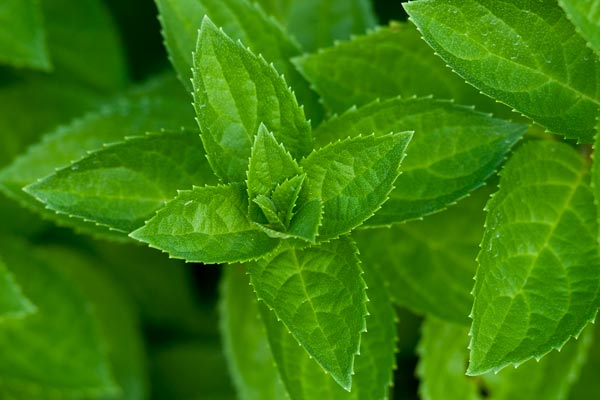
Green Thumbometer
Gardening can be a good way to relieve stress and get fresh air during the coronavirus shutdown. Here are a new tool and tips.
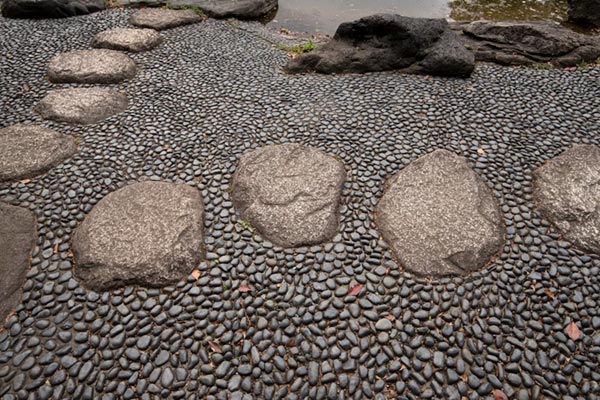
Green thumb challenged? Grow rocks
Okay, so you don’t have green thumbs. We don't either. Not to worry. Rock gardens are the next best option.
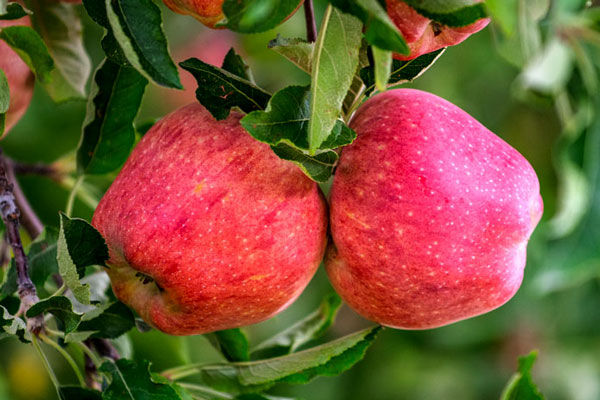
Eating Food in Season
Eating locally grown food in season is a great strategy for weight loss, good health, saving money and protecting the environment.

Garden in the Desert
One of the Intermountain West’s most beautiful gardens is at the Point of the Mountain between Salt Lake City and Provo, Utah.
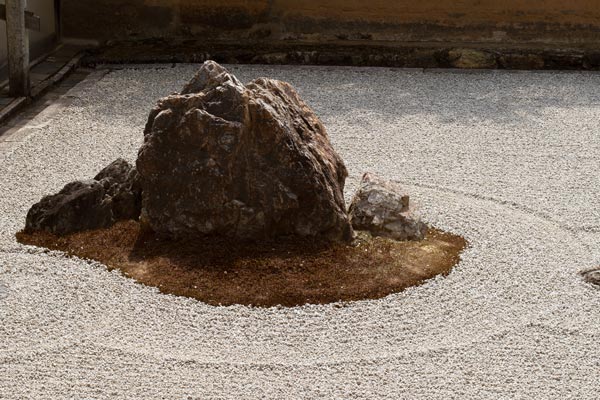
Meditation and Japan’s Rock Garden
Meditation is the theme of the Ryoanji dry rock garden. Find out why the garden inspires meditation and how to meditate.
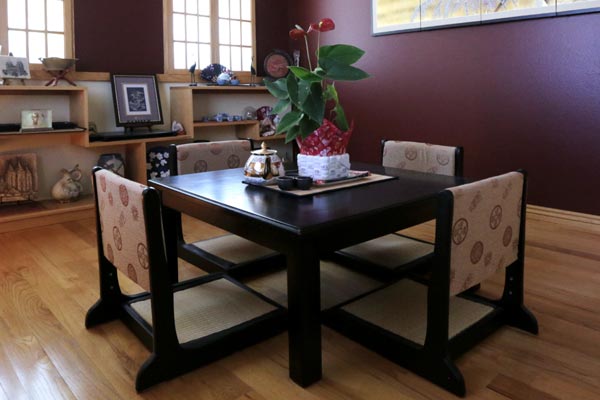
Private Paradises Amid Adversity
Sheltering at home has been accompanied by an outpouring of creativity that can help us cope with adversity and shape our future.
